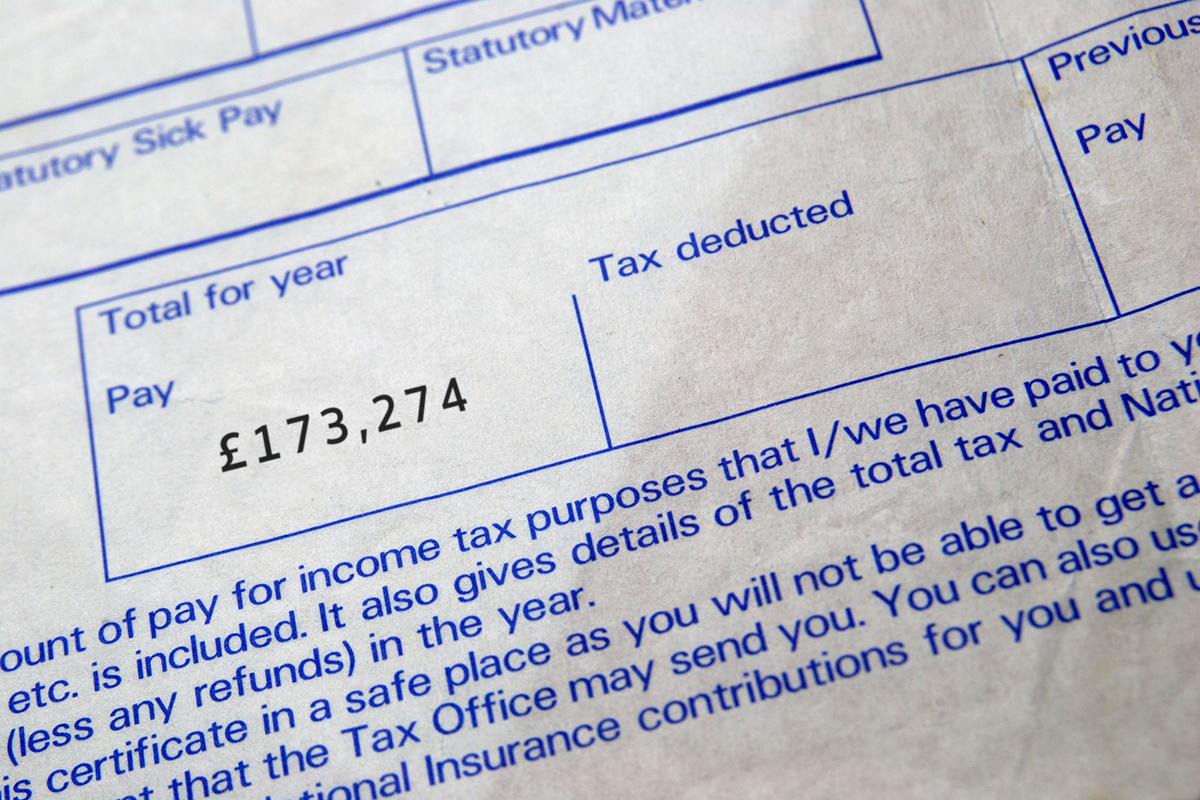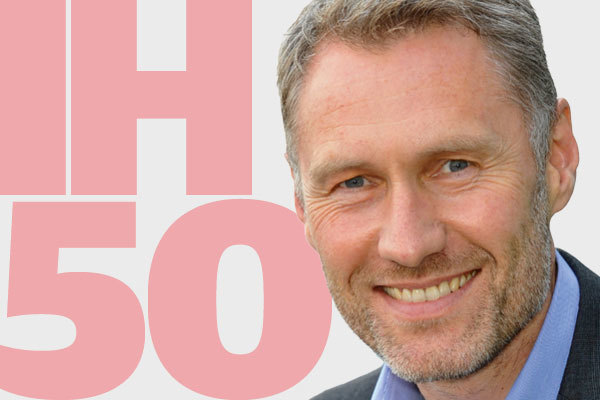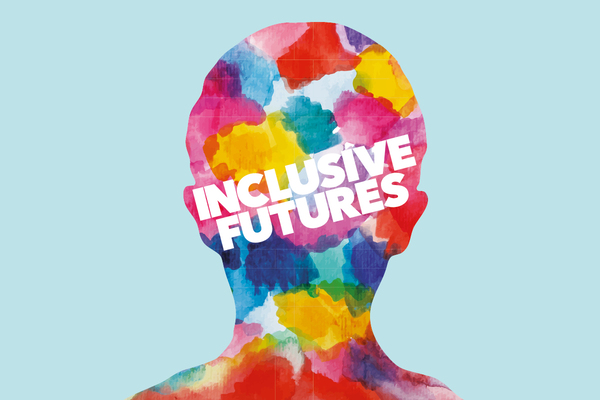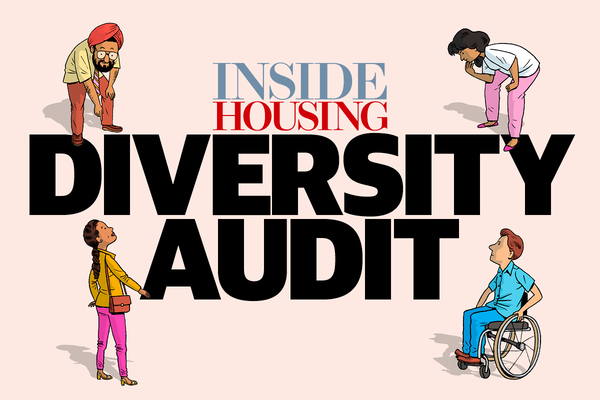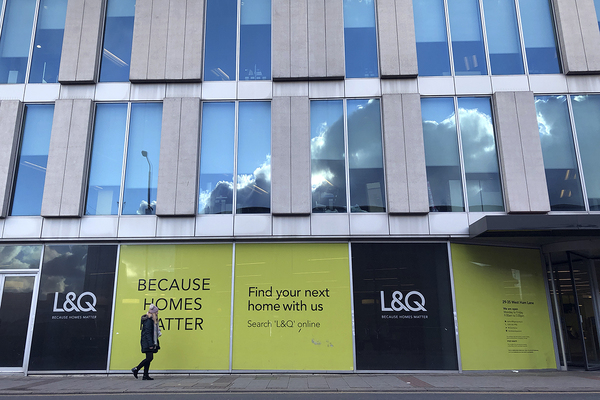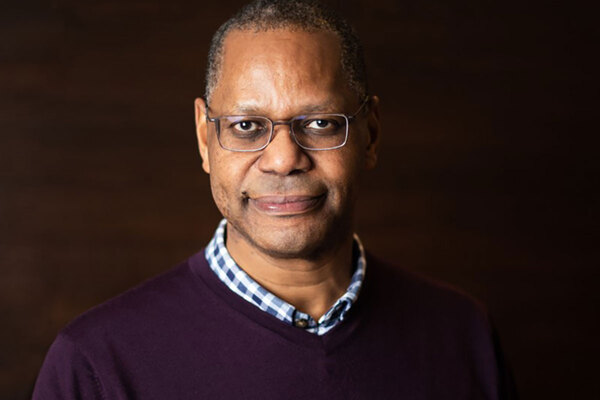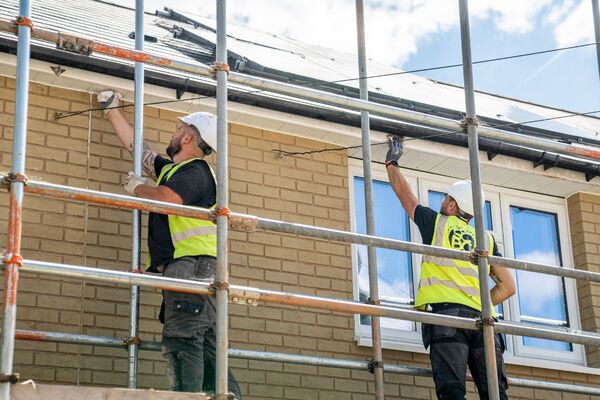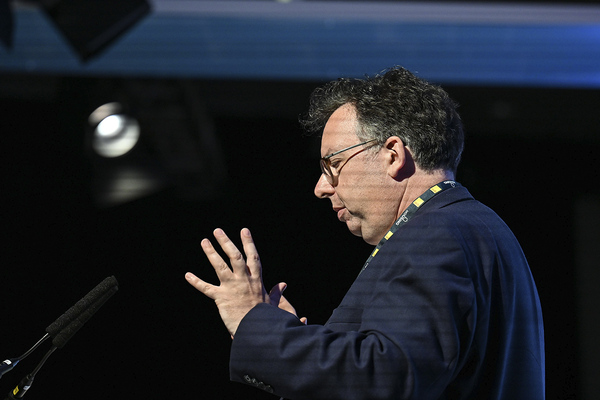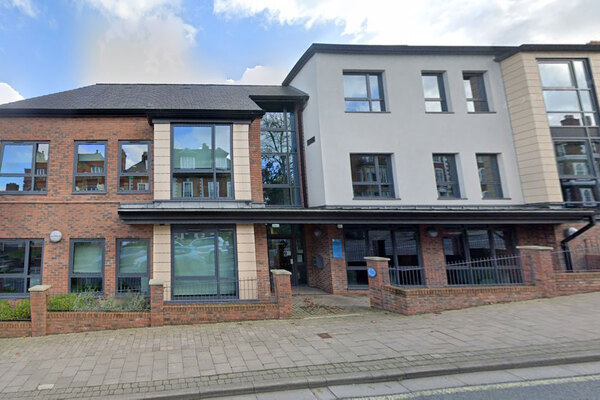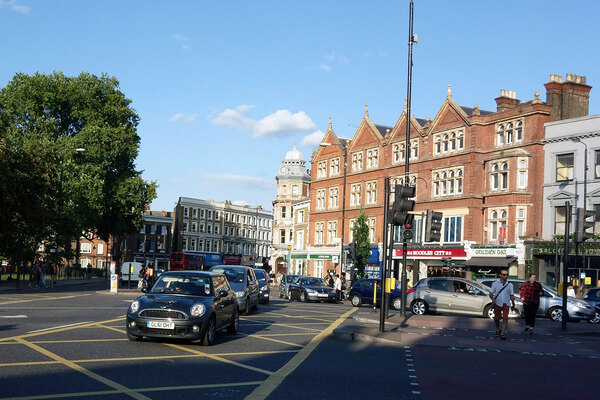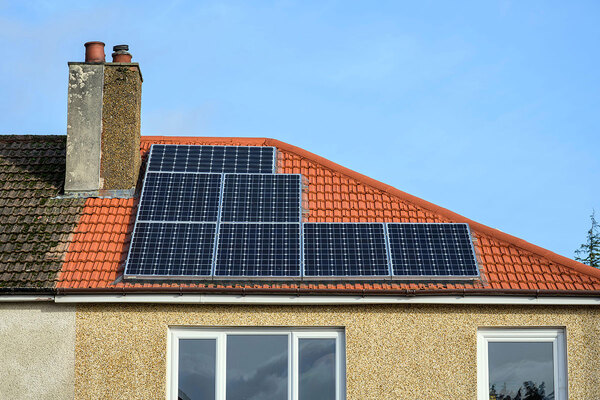You are viewing 1 of your 1 free articles
L&Q first housing association to report BME pay gap
The average median pay for ethnic minorities working at L&Q is 3.1% lower than their white colleagues, a new report by the housing association has found.
In the first report of its kind by the company, L&Q published figures showing its gender pay gap but also the difference in pay between black and minority ethnic (BME) and white staff members across the company.
The figures revealed that the median pay for BME workers when compared with those with a white background was 3.1% lower. There was no difference in pay between workers at L&Q Direct, the company’s care and support arm.
White staff members did better when it came to bonuses, with 85% of white staff receiving bonuses compared with 79% of workers with a BME background.
In November, thinktank the Institute for Public Policy Research (IPPR) called for the government to implement laws that would make ethnicity and disability pay gap reporting mandatory for all employers with 50 or more staff.
New legislation was put in place by the government in 2017 that required every company by law to produce gender pay reports in 2018. This is the first time a housing association has produced a report on ethnicity pay statistics.
L&Q’s figures this year show an improvement when compared with last year’s figures, with female workers’ median pay 7.6% lower than their male colleagues’ at L&Q and 1.7% lower at L&Q Living.
Last year’s figures found that female workers’ median pay was 9.5% lower than their male colleagues at L&Q and 10.3% lower at L&Q Living.
Last year saw the first gender pay reports from companies and voluntary sector groups across the UK, with firms with more than 250 workers having to report their differences in bonus pay and pay structure.
The median national gender pay gap was recorded at 18.4% lower for women when compared with men.
Analysis of 50 housing associations by Inside Housing found that 42 reported a lower median gender pay gap than the 18.4% national average, with only six reporting a negative pay gap where women earned more than men when median hourly rates were compared.
L&Q is the first housing association to publish its reports this year, and other associations are expected to record and publish gender pay gap reports before 4 April this year.
The association has now drawn up an action plan to try to tackle the discrepancies in pay based on gender and ethnicity, including setting leadership quotas and investing more in its recruitment processes.
In May L&Q said that it would be adopting the ‘Rooney Rule’ when recruiting for senior roles in the organisation, by putting at least one female and one ethnic minority candidate on the shortlist.
The concept is named after Dan Rooney, the former owner of American football team the Pittsburgh Steelers, who spearheaded the rule’s implementation because of concerns that black coaches were significantly and unfairly less likely to be hired.
Other pledges L&Q have made are increasing diversity and inclusion in training, developing a succession and talent management strategy to promote diverse talent, and launching an inclusive leadership and management programme.
David Montague, chief executive of L&Q, said: “We’re investing in our people. Being transparent about pay, including our pay bands and our pay progression policy, is important as we address the gender pay gap in a fair and accountable way.
“We are undertaking a review of pay across the organisation, which will include our market benchmarking and job evaluation process, and also an equal pay audit.”
Inclusive Futures
Inside Housing’s Inclusive Futures campaign aims to promote and celebrate diversity and inclusion.
We are pledging to publish diversity audits of our own coverage.
We are also committed to proactively promoting positive role models.
We will do this through the pages of Inside Housing. But we will also seek to support other publications and events organisations to be more inclusive.
Our Inclusive Futures Bureau will provide a database of speakers and commentators from all backgrounds, for use by all media organisations.
We are also challenging readers to take five clear steps to promote diversity, informed by the Chartered Institute of Housing’s diversity commission and the Leadership 2025 project.
THE CASE FOR CHANGE
34%
of housing association chief executives are female
1%
of housing association executives have a disability
1.6%
of housing association board members are LGBT
Women make up 46% of the UK workforce, but Inside Housing research found that they are under-represented on housing association boards (36%), executive teams (39%) and among chief executives (34%).
Almost a fifth of working-age adults have a disability (18%), yet associations reported only 1% of executives and 4.5% of board members with a disability. Many were unable to provide details.
Nationwide, 14% of the working-age population come from a BME background, climbing to 40% in London and Birmingham. Yet our research found that 6.8% of board members identified as BME, compared with 4.5% of executives.
Statistics on representation of LGBT people in the workforce are in short supply, but official statistics suggest that 2% of the total UK population identify as lesbian, gay or bisexual, rising to 4.1% for 16 to 24-year-olds. Our survey found that 1.6% of board members and 10 executives were LGBT – but most organisations were unable to provide figures.
THE INCLUSIVE FUTURES CHALLENGE
Inside Housing calls on organisations to sign up to an inclusive future by taking five steps:
Prioritise diversity and inclusion at the top: commitment and persistence from chief executives, directors and chairs in setting goals and monitoring progress.
Collect data on the diversity of your board, leadership and total workforce and publish annually with your annual report. Consider gender, ethnicity, disability, sexuality, age, and representation of tenants on the board.
Set aspirational targets for recruitment to the executive team, board and committees from under-represented groups.
Challenge recruiting staff and agencies to ensure that all shortlists include candidates from under-represented groups.
Make diversity and inclusion a core theme in your talent management strategy to ensure you support people from under-represented groups to progress their careers.
The Inside Housing Diversity Audit: how diverse has our coverage been?
The media plays a key role in championing diverse role models, so we designed a project to measure Inside Housing’s track record.



